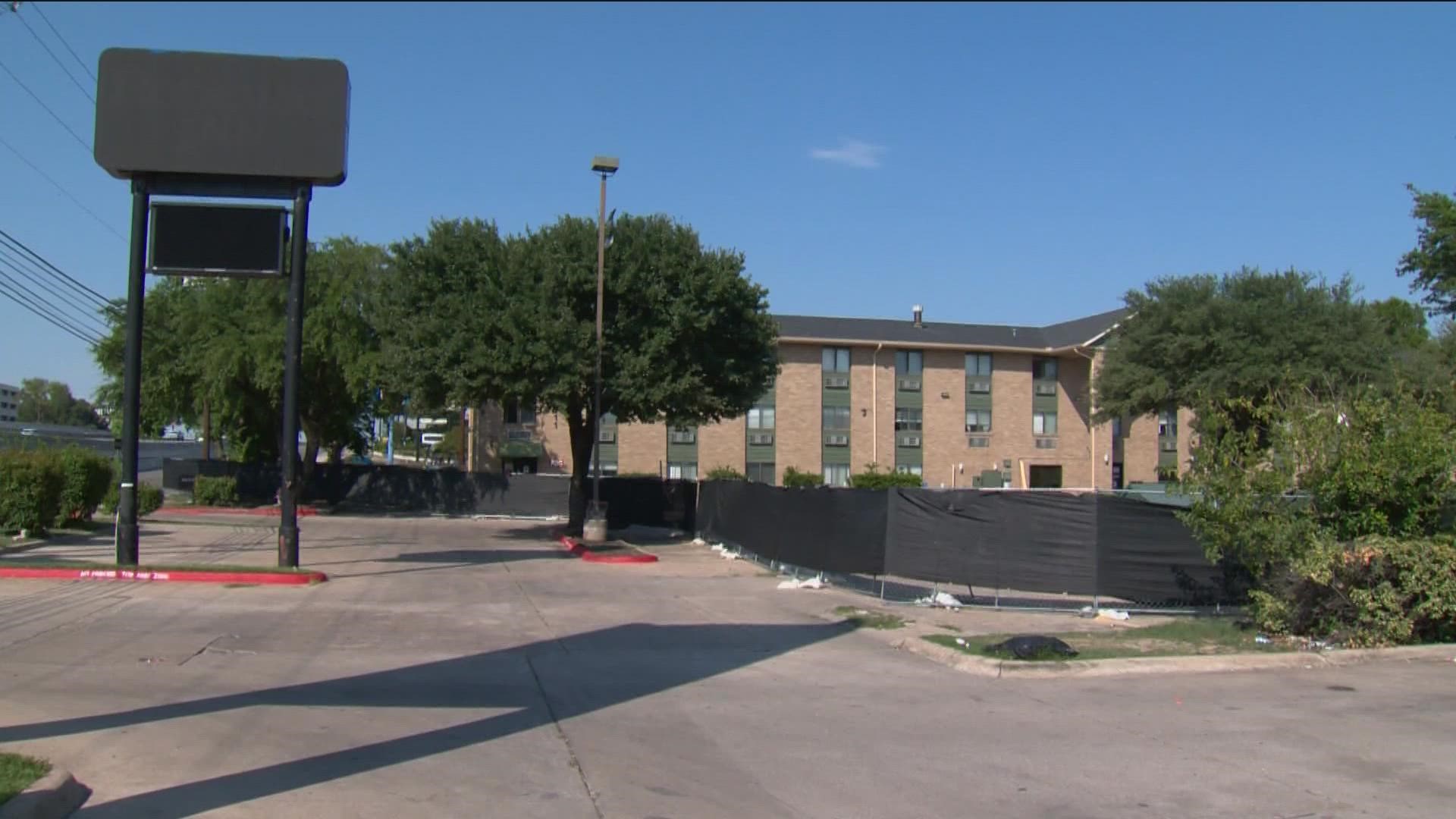AUSTIN, Texas — The City of Austin released new HEAL Initiative data that shows it surpassed its goal of connecting 200 people to bridge shelters this year, but they have to figure out how to keep people from returning to the streets.
"So 90% of the people we offered shelter had accepted over the course of the initiative," said Dianna Grey, homeless strategy officer with the City of Austin.
During a city council public health committee meeting last week, Grey broke down new data that shows since the first relocation in June 2021, 361 people were moved into one of the two shelters.
Data shows that 65% (213) people have exited the bridge shelters, 44% (or 94 people) found housing, and 48% (or 102 people) returned to homelessness.
"I would not expect that proportion to remain," said Grey.
Both bridge shelters are at or near capacity, according to Grey. So, city leaders expect the re-housing numbers to improve once they secure more homes.
The goal of the Homeless Encampment Assistance Link is to eliminate the need for camping by taking people to City-owned bridge shelters so they can find a permanent place to stay.
She said many people leave the shelter because of how long the process took when the initiative originally started, and it's tough adjusting to a structured environment with rules.
"You have to understand, these brothers and sisters were swept from their home," said Quincy Dunlap, CEO of Austin Area Urban League. "The shelter is a foreign place."
Dunlap's nonprofit will run the southbridge shelter starting in October. After talking to residents, he said his biggest goal is to make the space more comfortable.
"If we can get approval from the City, because this facility doesn't have a commercial kitchen, getting the food truck, so brothers and sisters don't have to sit and wait and we have to shuttle and travel meals in," said Dunlap.
Dunlap also mentioned adding a garden, surveillance and partition-like structures to improve privacy – to give people a place to stay while they find stability.
PEOPLE ARE ALSO READING:

